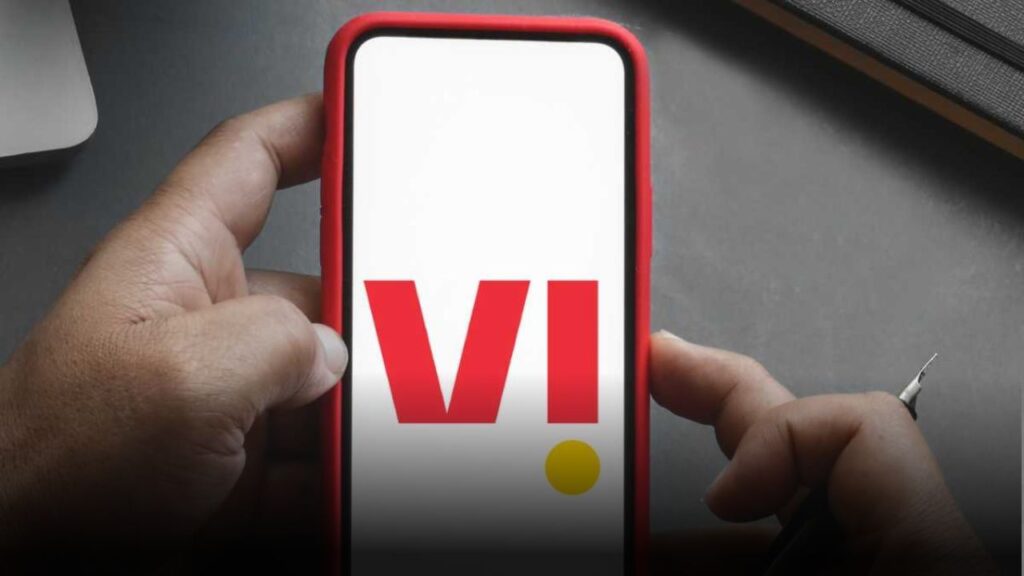Vodafone Idea, one of India’s significant telecom providers, has been in turmoil since its merger, which once positioned it as the largest telecom player in the country. However, with the emergence of Reliance Jio and Airtel, it has found itself struggling to keep pace in a fiercely competitive market. Compounding its challenges is substantial debt and pending payments to the government regarding spectrum usage. Most recently, Vodafone Idea now faces a daunting hurdle: a tax liability amounting to ₹15.19 crore.
GST Department Issues Tax Notice
The Goods and Services Tax (GST) Department has issued a notice demanding the payment of ₹15.19 crore from Vodafone Idea. In addition to this tax obligation, the company has also been slapped with a penalty of ₹1.51 crore. This notice marks another setback for the company, which has been grappling with various financial issues.
Allegations of Wrongful Input Tax Credit Usage
According to the GST Department, Vodafone Idea has improperly utilized the benefits of Input Tax Credit (ITC) under GST regulations. This misuse relates to benefits claimed for the fiscal years 2019-20 and 2020-21, during which the company allegedly claimed credits that it wasn’t eligible for. The issuance of this notice has further exacerbated the financial difficulties faced by Vodafone Idea, as they are already planning to raise ₹25,000 crore to stabilize their operations.
Company’s Response to the Tax Demand
Vodafone Idea has formally disclosed this issue in a recent filing to the stock market. The company received the tax demand order from the GST office in Patna. Vodafone Idea contests the order, asserting that it does not agree with the assessment and plans to pursue appropriate legal actions to address the situation. The directive they received on August 28th from the joint commissioner of CGST and Central Excise entails a total demand of ₹15,19,20,351, including tax, interest, and penalties.
Understanding Input Tax Credit (ITC)
The Input Tax Credit system allows businesses to offset the taxes they have paid on inputs against their GST liability on outputs. To illustrate, if a company purchases orange juice, the tax on the final product sold to consumers is collected. However, the company can claim a refund for the tax it paid on the materials used to produce the juice, like oranges and packaging materials. This mechanism primarily benefits businesses engaged in business-to-business (B2B) transactions, ensuring that tax is paid only on the value added at each stage of production and distribution.
Conclusion
Vodafone Idea’s ongoing struggles highlight the complexities and challenges in the telecom sector today. As it confronts tax liabilities and penalties, the company’s ability to navigate these financial waters will be critical in determining its future viability in an increasingly competitive landscape. Investors and stakeholders will be monitoring the situation closely as Vodafone Idea looks to secure its position and potentially emerge from its financial difficulties.

